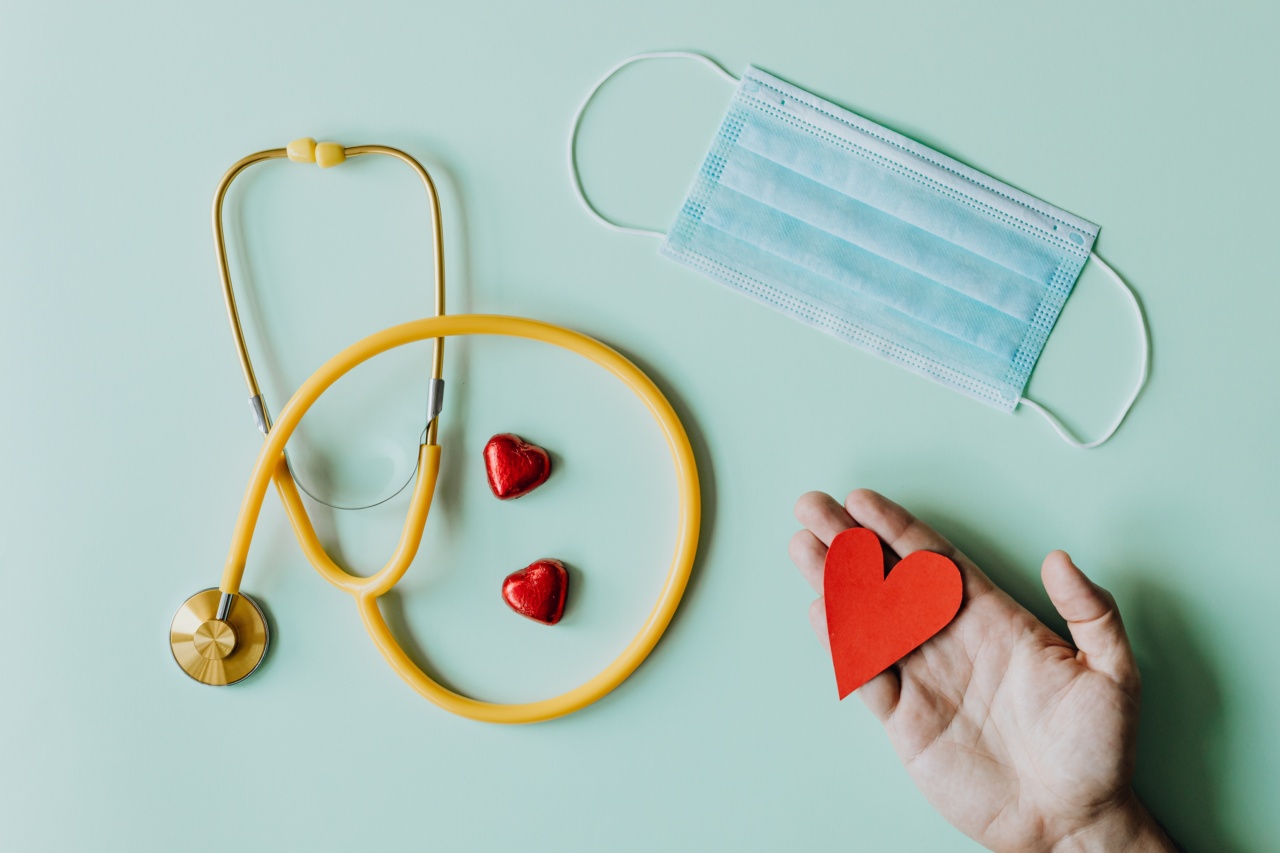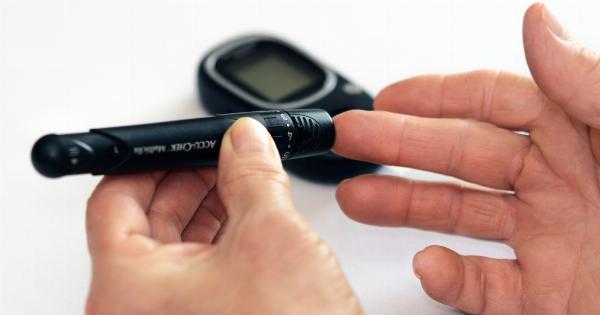Anaphylaxis is a severe allergic reaction that can be life-threatening if left untreated. It occurs when the immune system overreacts to a substance, triggering a cascade of symptoms throughout the body.
Anaphylaxis can affect people of all ages and can be caused by a variety of triggers. In this article, we’ll explore the common triggers, symptoms, and emergency response for anaphylaxis.
What Are the Triggers for Anaphylaxis?
Anaphylaxis can be caused by a variety of triggers, including:.
- Foods, such as peanuts, tree nuts, shellfish, and milk.
- Insect stings, such as from bees, wasps, and fire ants.
- Medications, such as antibiotics, aspirin, and ibuprofen.
- Latex, found in many medical products and other items such as balloons and rubber bands.
- Exercise, particularly in individuals with food or drug allergies.
It’s important to note that anaphylaxis can occur even if you’ve been exposed to the trigger before without incident. It may be the result of a changed immune system or a different exposure level.
What Are the Symptoms of Anaphylaxis?
Anaphylaxis can affect multiple systems in the body, and symptoms can vary from person to person. Common symptoms include:.
- Itching and hives
- Swelling of the face, lips, tongue, or throat
- Difficulty breathing or shortness of breath
- Chest pain or tightness
- Abdominal pain, cramping, nausea, or vomiting
- Dizziness or fainting
In severe cases, anaphylaxis can lead to shock, a sudden drop in blood pressure that can be life-threatening.
How Do You Respond to Anaphylaxis?
If you or someone near you is experiencing symptoms of anaphylaxis, it’s important to act quickly. Follow these steps:.
- Call 911 or your local emergency medical services.
- If the person has a prescribed epinephrine auto-injector (EpiPen), use it immediately, following the instructions provided with the device. If you’re using another person’s EpiPen, be sure to remove the cap, hold the injector against the person’s thigh, and press the release button firmly for several seconds. Massage the injection site for 10 seconds afterward.
- Help the person lie down and elevate their feet if possible. Loosen tight clothing and cover them with a blanket if they’re chilled.
- Monitor the person’s breathing, pulse, and level of consciousness. If they stop breathing or have no pulse, begin CPR (cardiopulmonary resuscitation) immediately until the ambulance arrives.
- If the person is vomiting, turn them on their side to prevent choking. Don’t give them anything to eat or drink.
- Stay with the person until the ambulance arrives and provide any additional information about their symptoms and medical history.
Note that if you’ve been diagnosed with anaphylaxis, you should always carry an authorized epinephrine auto-injector with you, know how to use it, and seek medical attention immediately after using it.
What Happens After Anaphylaxis?
After a severe allergic reaction such as anaphylaxis, it’s important to follow up with a healthcare provider.
They can evaluate the triggers and symptoms, diagnose the cause of the reaction, and provide guidance on future prevention and management strategies. You may need to avoid certain triggers, carry an epinephrine auto-injector with you, and develop an emergency action plan in case of another reaction.
It’s essential to work with your healthcare provider to ensure proper management and treatment of anaphylaxis and any underlying allergies or conditions.
Conclusion
Anaphylaxis is a severe allergic reaction that can be life-threatening if left untreated. It can be caused by a variety of triggers, including foods, insect stings, medications, latex, and exercise.
Symptoms can range from itching and hives to difficulty breathing and shock.
If you or someone near you is experiencing anaphylaxis, call 911 immediately, use an epinephrine auto-injector if available, help the person lie down and elevate their feet, monitor their breathing and pulse, and stay with them until the ambulance arrives. Follow up with a healthcare provider for diagnosis, prevention, and management strategies.






























